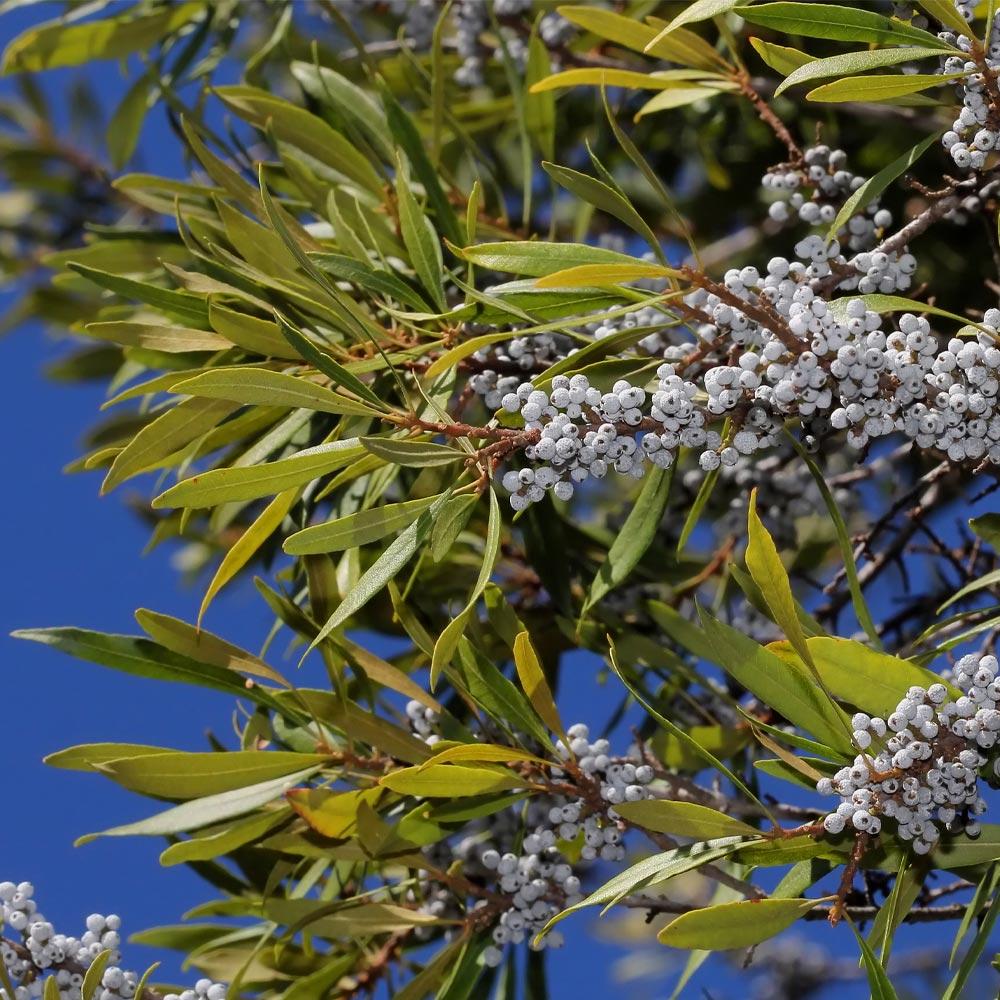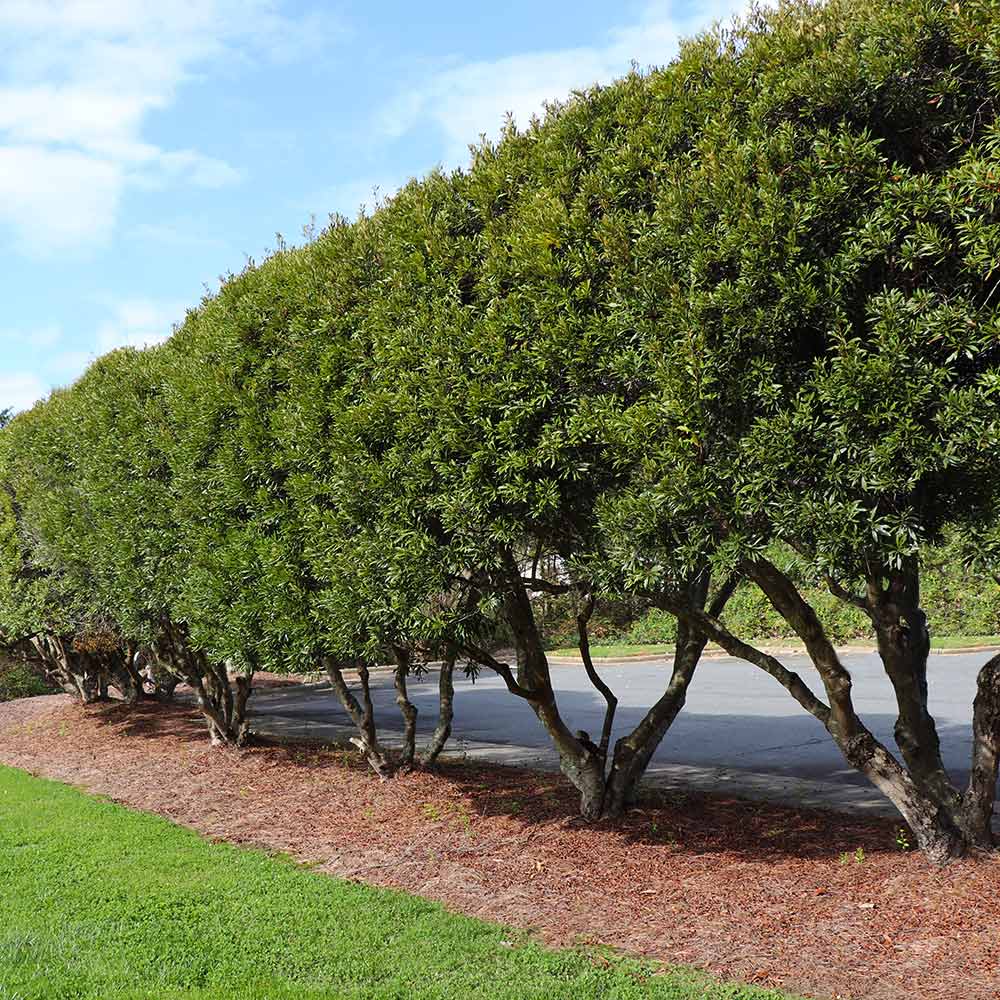Versatile Shrub or Ornamental Tree
Why Wax Myrtle Trees?
If a partition or screen is your objective, then the Wax Myrtle performs flawlessly. Its dense foliage and quick-growing nature lends itself to being an excellent choice for shrubs. Plant them in a row to define your property line, or to accent your front patio.
And the Wax Myrtle's foliage and berries are pleasingly fragrant, making it a great addition to your outdoor living space. The fruit matures in the fall and remains throughout winter, attracting a multitude of birds. Plus, Myrtle is 'green' in more ways than one, as it returns nitrogen to the soil and organically repels insects.
Why Fast-Growing-Trees.com is Better
For starters, the easy-to-grow Wax Myrtle is deer resistant, heat and drought tolerant. Known for its adaptable nature, the Wax Myrtle will put up with moist or dry soil and even grows well in infertile soils. These plants are so trouble-free they practically take care of themselves.
But the best part is its strong history. You get rich foliage, tiny yellow-green flowers that are daintily aromatic in the spring and carefree benefits because we've nurtured our Wax Myrtles for a head start. When your Wax Myrtle arrives to your door, it's ready to grow effortlessly.
Our Wax Myrtles are grown with expert, loving care and are healthy and ready for quick shipment. Get your own Wax Myrtle today!
Planting & Care
1. Planting: Wax Myrtles prefer well draining, slightly acidic soils, but will adapt to just about any soil type. If you’re located near a beach, this makes for a great tree as it is tolerant to sea spray. Select a location where where it will receive full to partial sunlight (4 to 8 hours of sunlight per day) and where the roots will not be disturbed.
When you're ready to plant, dig a hole twice as wide and just as deep as the root system. Tamp the soil down as you back fill the hole to cut back on any air pockets from forming. After planting, be sure to give your Wax Myrtle tree a deep watering for about 5 minutes. Mulching around the tree will help insulate the roots and keep your plant warm in the colder winter months as well.
2. Watering: Wax Myrtles do best when watered around the drip line every 10 to 14 days. As a rule of thumb, if the soil is moist 2 to 3 inches down, avoid watering your tree until it’s dry.
3. Fertilizing: Wax Myrtles generally do not require very much fertilizing. If you do fertilize, avoid anything with an excessive amount of nitrogen.
4. Pruning: When growing your Wax Myrtle as a hedge, minimal pruning is required to maintain a desired shape. Be sure to do any pruning in early spring before new growth starts. When the shrub is young, it can be trained into a tree form by choosing the largest and strongest stem (or stems if you’d prefer a multi-trunk tree) and pruning all other stems to ground level.








Comment